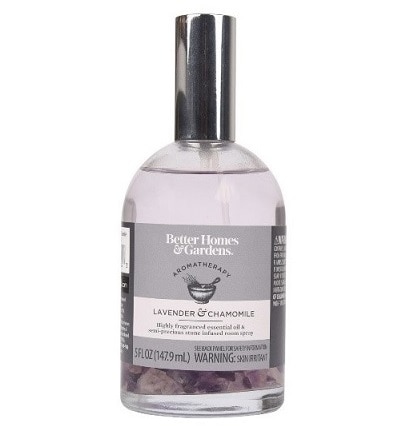2021 Multistate outbreak of melioidosis
In March-July 2021, CDC confirmed four linked cases (including two deaths) of melioidosis in patients from Georgia, Kansas, Minnesota, and Texas. Most cases of melioidosis in the United States are in people who traveled to areas where the disease is more common, but these patients had no recent history of international travel. Whole genome sequencing showed the strains of bacteria (Burkholderia pseudomallei) that sickened the patients closely matched each other, suggesting there was a common source of infection. The strain of bacteria that sickened the patients was similar to those found most often in South Asia, which led CDC to suspect that an imported product may have been involved in the patients’ illnesses.
As part of the public health investigation into these illnesses, CDC tested blood samples from the patients, as well as soil, water, and consumer products from in and around their homes. In October 2021, CDC identified B. pseudomallei, which causes melioidosis, in an aromatherapy spray that was found in the home of the Georgia patient. Further CDC testing showed that the genetic fingerprint of the bacteria in the bottle matches those of the bacteria identified in the four patients. This finding confirms the spray was the source of the Georgia patient’s infection, and that the spray or another product with the same contaminated ingredient caused illness in the three other linked cases. CDC is coordinating with the state health departments to try to determine whether the other three patients may have also used this or similar products. Working with the Consumer Product Safety Commission and Walmart, CDC is also in contact with the manufacturer in India to determine if ingredients from the implicated spray were used in any other products.

Photo courtesy of Walmart
The contaminated spray – “Better Homes & Gardens Lavender & Chamomile Essential Oil Infused Aromatherapy Room Spray with Gemstones” – was sold in select Walmart storesexternal icon and on Walmart’s website between February and October 21. Five other scents in this product line were also sold and are included in the recallexternal icon, although it is not yet known if they are affected. Investigation continues into whether other related products and brands may pose a risk.
Consumers who have the recalled aromatherapy spray in their home should:
- Stop using this product immediately. Do not open the bottle. Do not throw away or dispose of the bottle in the regular trash.
- Double bag the bottle in clean, clear zip-top bags and place in a small cardboard box. Return the bagged and boxed product to a Walmart store.
- Wash sheets or linens that the product may have been sprayed on using normal laundry detergent and dry completely in a hot dryer; bleach can be used if desired.
- Wipe down counters and surfaces that might have the spray on them with undiluted Pine-Sol or similar disinfectant.
- Limit how much you handle the spray bottle and wash hands thoroughly after touching the bottle or linens. If you used gloves while handling the bottling or cleaning, wash hands afterward.
- If you have used the product within the past 21 days and have fever or other melioidosis symptoms, seek medical care and tell your doctor you were exposed to the spray. If you do not have symptoms but were exposed to the product in the last 7 days, your doctor may recommend that you get antibiotics (post-exposure prophylaxis) to prevent infection.
Healthcare providers should watch for any acute bacterial infection that doesn’t respond to normal antibiotics and consider melioidosis, especially if the patient was exposed to the implicated spray during the previous 21 days. They should not rule out melioidosis just because a patient has not traveled outside the United States. CDC also urges clinicians not to rule out melioidosis as a possible diagnosis in children and those who were previously healthy and without known risk factors for melioidosis. For more detailed clinical guidance, see CDC’s Health Alert Network (HAN) Update 456 (includes interim case definition, and case notification and reporting guidance) and HAN Update 455 (includes post-exposure prophylaxis guidance).
- Consumer Product Safety Commission: Walmart Recalls Better Homes and Gardens Essential Oil Infused Aromatherapy Room Spray with Gemstones Due to Rare and Dangerous Bacteria; Two Deaths Investigatedexternal icon
- CDC Lab Testing Confirms Cause of Melioidosis Outbreak (October 26, 2021)
- CDC Identifies Rare Bacteria in Aromatherapy Product (October 22, 2021)
- Statement on Melioidosis Cases (August 9, 2021)
CDC HANs associated with multistate investigation of non-travel associated Burkholderia pseudomallei infections (Melioidosis)
- Health Update 456: Source Identified and Case Definition Established (November 3, 2021)
- Health Update 455: Source Implicated in Fatal Case in Georgia (October 22, 2021)
- Health Update 448: New Case Identified (August 9, 2021)
- Health Advisory 444: Multistate Investigation of Non-travel Associated Burkholderia pseudomalleiInfections (Melioidosis) in Three Patients: Kansas, Texas, and Minnesota—2021 (June 30, 2021)